Tag: safety
-
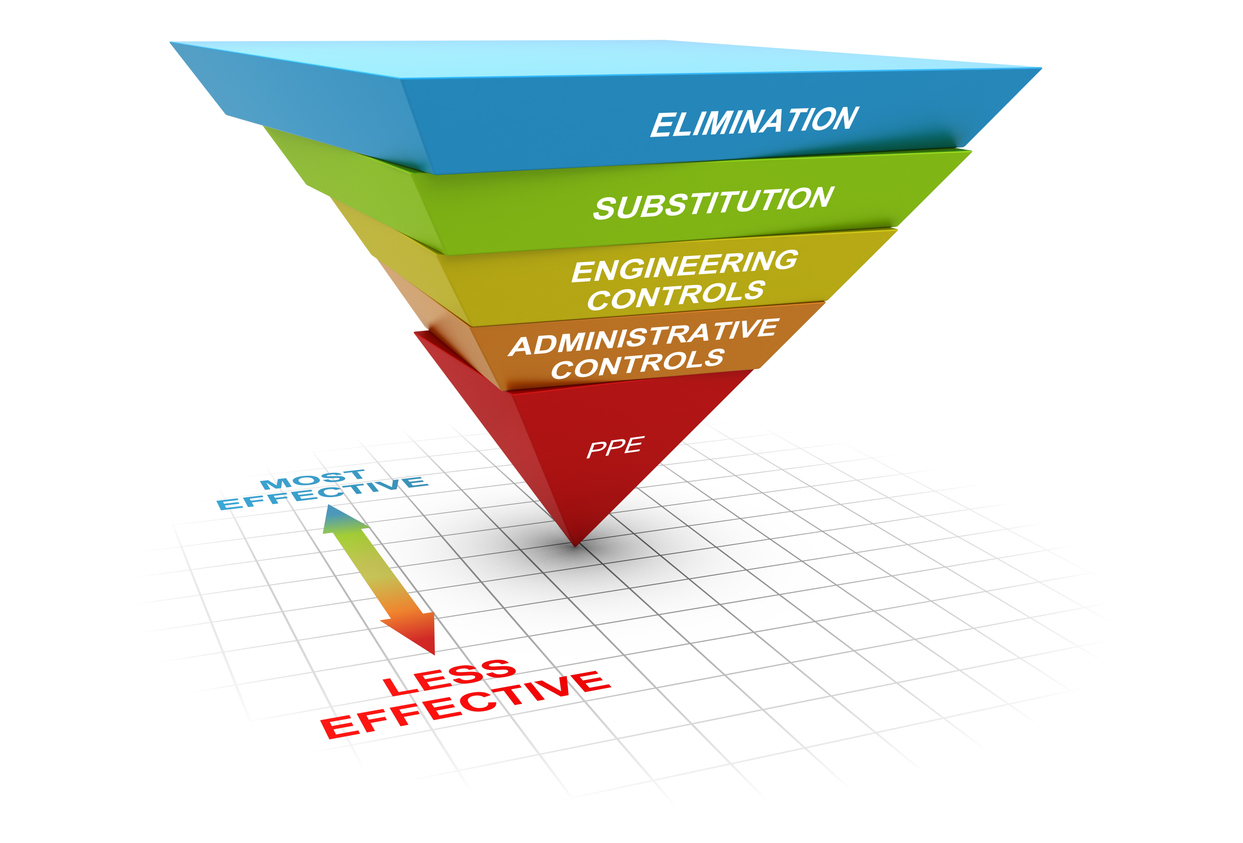
Hierarchy of controls with examples for each control type
Introduction Working in safety-critical industries such as construction and shipping involves many risks. If left unattended, these risks can lead to severe incidents that may result in loss of life, property, and harm to the environment. We need to reduce risks to prevent incidents. We reduce risks through control measures. Control measures can be considered…
-

Risk Assessment for Beginners: What it is, How it’s done and When to do it
Introduction Risk assessment is used in all industries today to evaluate the level of danger associated with specific operations, substances, and equipment. Only after we learn about the dangers can we take steps to mitigate them. Safety-critical industries use risk assessments to reduce operational risks and ensure occupational safety. Project managers use risk assessment resources…
-

Understanding the changes SIRE 2.0 brings
Introduction The priorities in the maritime transportation industry have always remained the same. It is to ensure the safety of the persons onboard, the cargo, and the environment. With this intention, the original Ship Inspection report programme (SIRE) was introduced by the Oil Companies International Marine Forum (OCIMF) in 1993 to safeguard oil, chemical, LNG…
-

EPIRB on ships – Function, Testing, and Activation
Introduction The use of modern satellite-based EPIRB systems started in 1989. In this article, we delve deeper into what EPIRBs are, and how they function to save lives. Key Takeaways EPIRB is a crucial distress signaling equipment, especially for vessels that make international voyages. EPIRB provides the initial intimation and once rescue ships are nearby,…
-
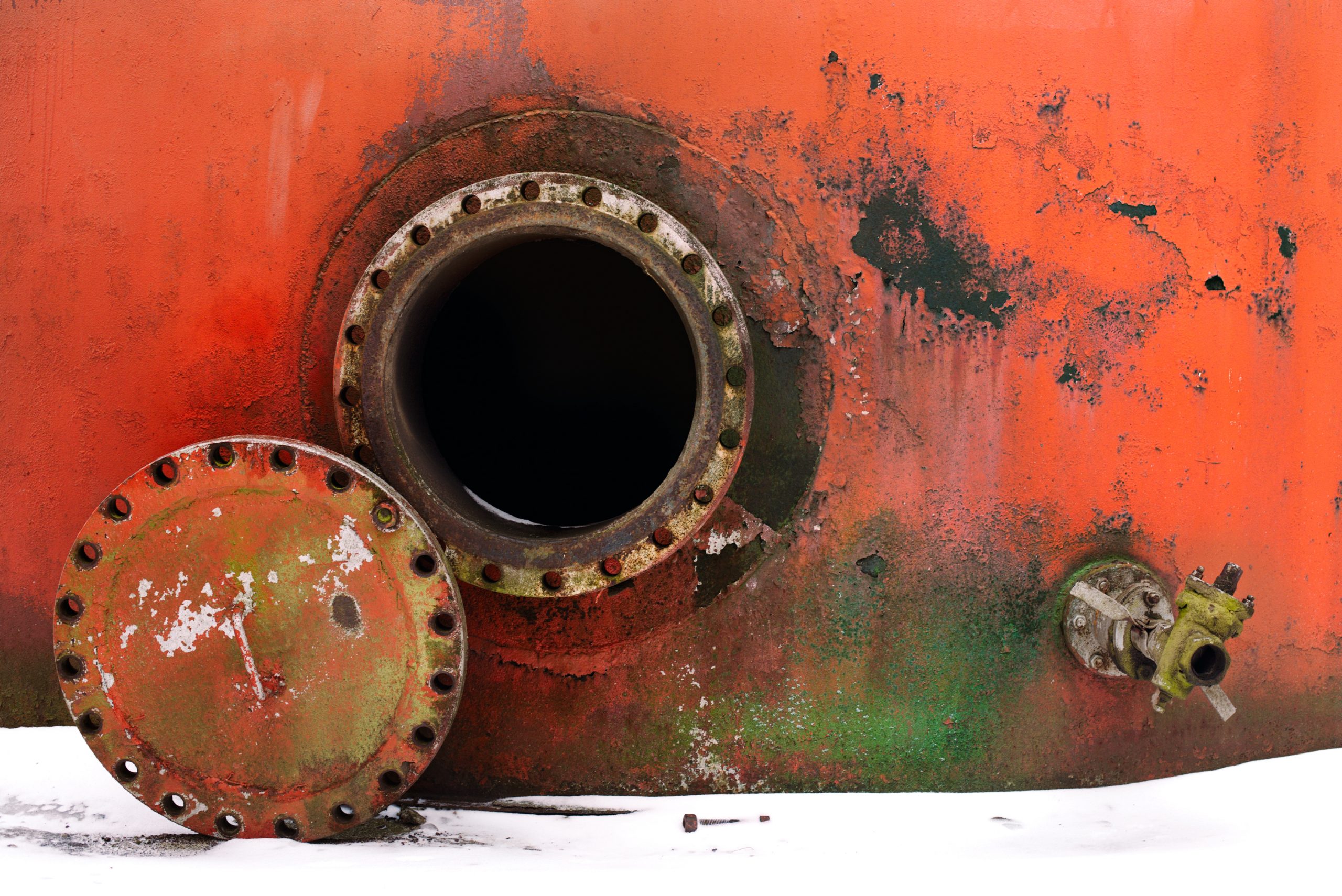
Enclosed Space Entry – What it is, Permits, and How to Prepare
Introduction Enclosed space entry is an operation carried out on ships where personnel enter confined spaces for tasks such as inspection, cleaning, and maintenance. In this article, we will explore how these entries are performed onboard and how they can be made safer. Key Takeaways Enclosed spaces are confined spaces with limited access points and…
-
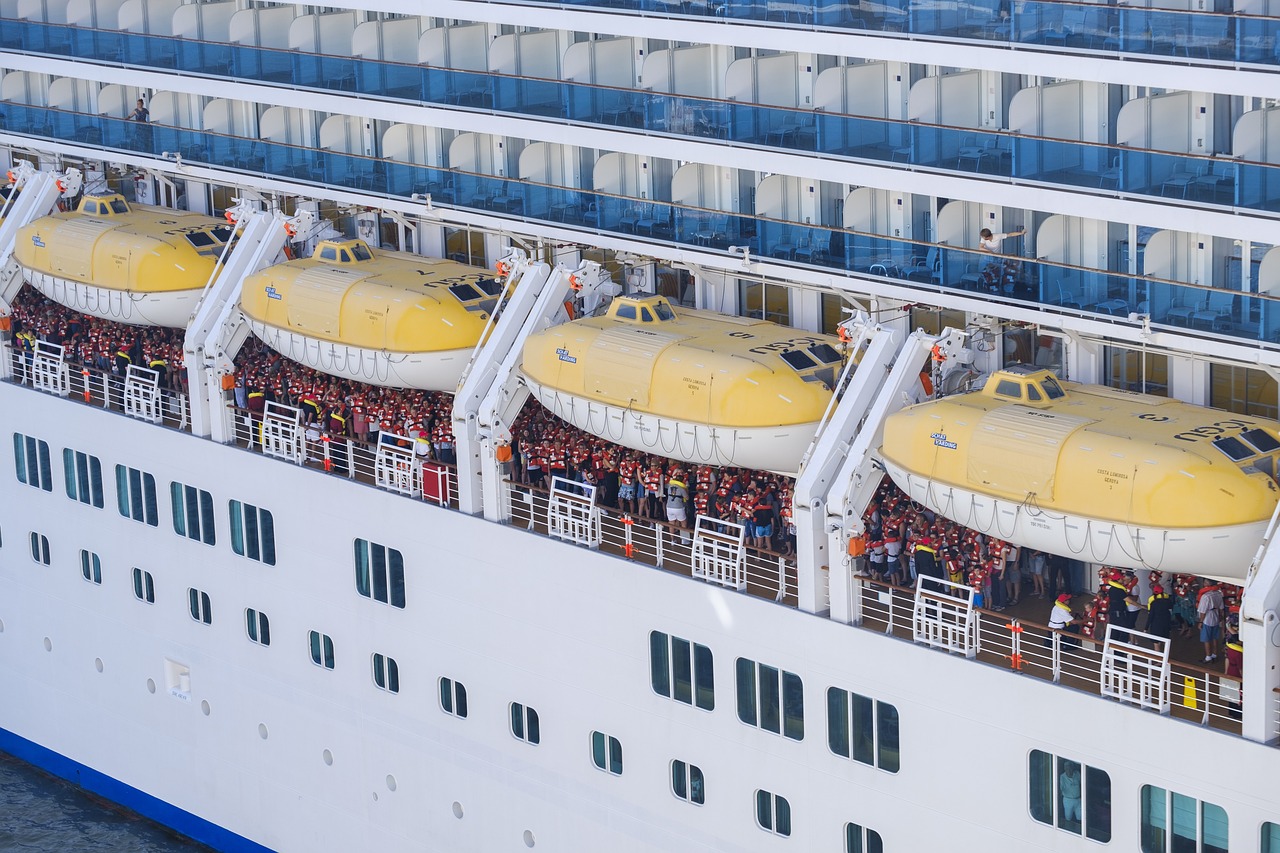
Types of Lifeboats: A Comprehensive Guide
Introduction Lifeboats are an essential component of all vessels at sea. They are the backup when all else fails and the crew must abandon the ship for survival. In this article, we explore the different types of lifeboats and their advantages. Let us begin. What is a lifeboat? A lifeboat is a self-sufficient specialised watercraft…
-
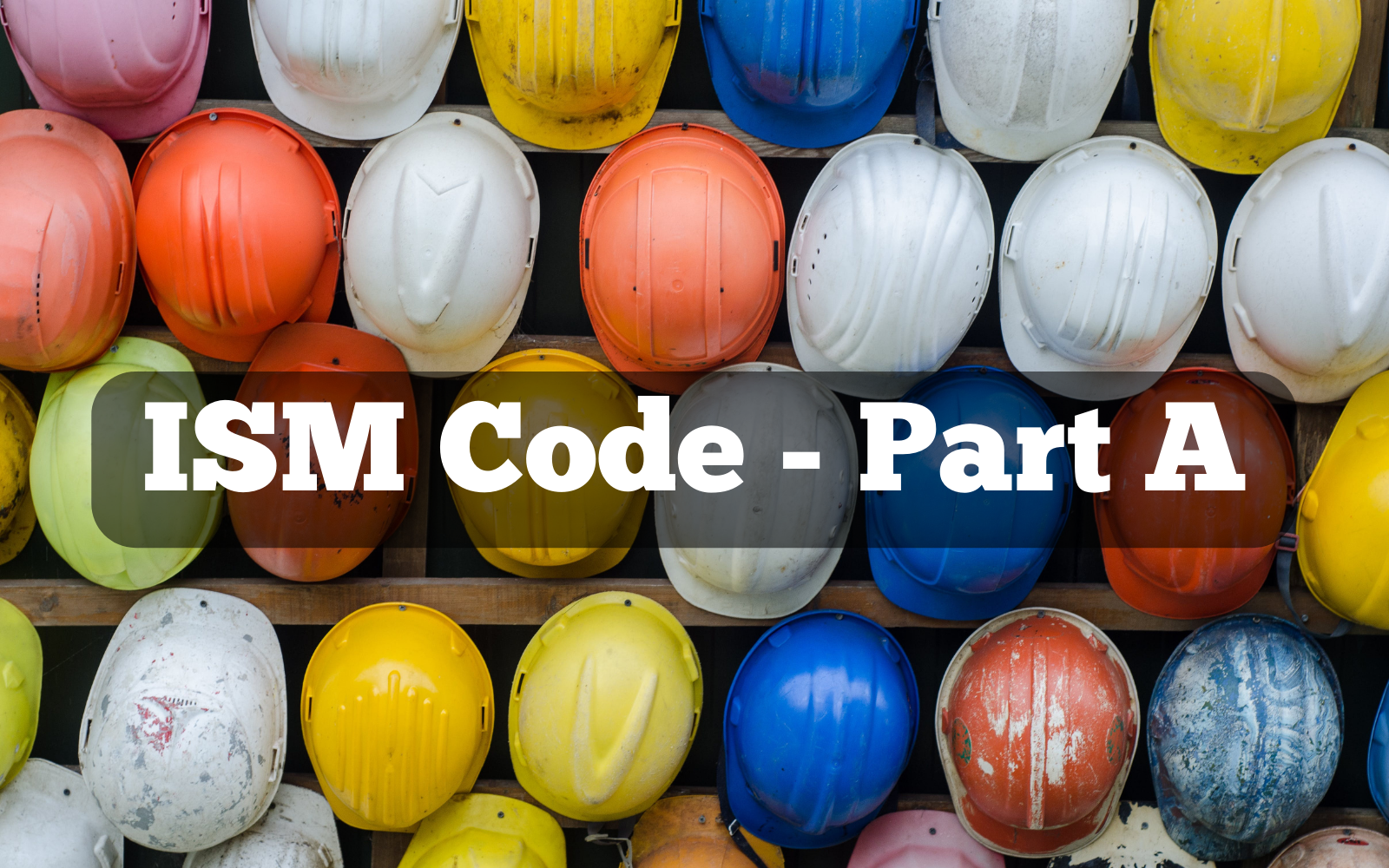
Quick summary of The International Safety Management Code or ISM Code – Part A
Part A of International Safety Management Code or ISM Code for Ships Introduction ISM code is a very popular standard introduced by the IMO for the maritime industry. While it was first adopted in the year 1993, it has since undergone many beneficial changes that make it one of the most robust and reliable standards…
-
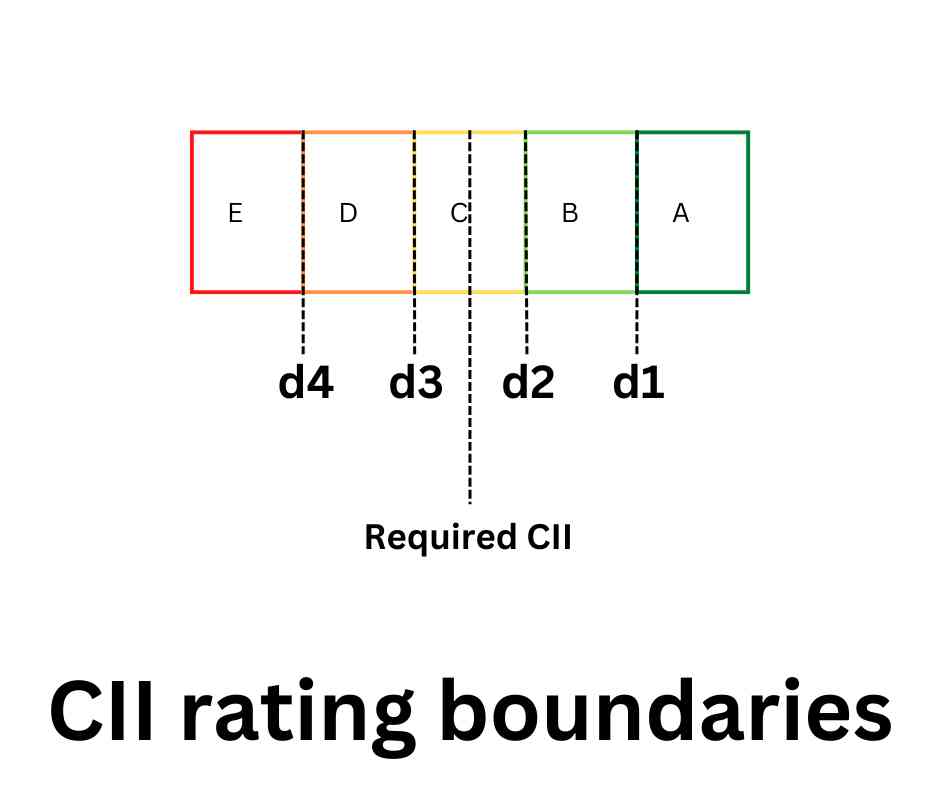
The CII (Carbon Intensity Indicator) explained in 6 minutes
The CII (Carbon Intensity Indicator) explained in 6 minutes – Nautilus Shipping Introduction The International Maritime Organisation is a United Nations agency that adopts and develops regulations to ensure that international shipping is safe, secure and pollution-free. One of its goals is to ensure that international shipping takes active measures to meet the United Nations…
-

What is Cathodic Protection? Types of cathodic protection
What is Cathodic Protection? Types of cathodic protection Introduction Corrosion is a perennial problem for metals exposed to corroding elements such as seawater and chemicals. In shipping, if corrosion is allowed unabated development, it can lead to a quick erosion of metals in critical locations. As a result, staying on top of corrosion problems from…
![9 Classes of Hazardous Materials [IMDG] – 10 min summary](https://docs.nautilusshipping.com/wp-content/uploads/2024/05/Classes-of-hazards-feature-image.jpg)